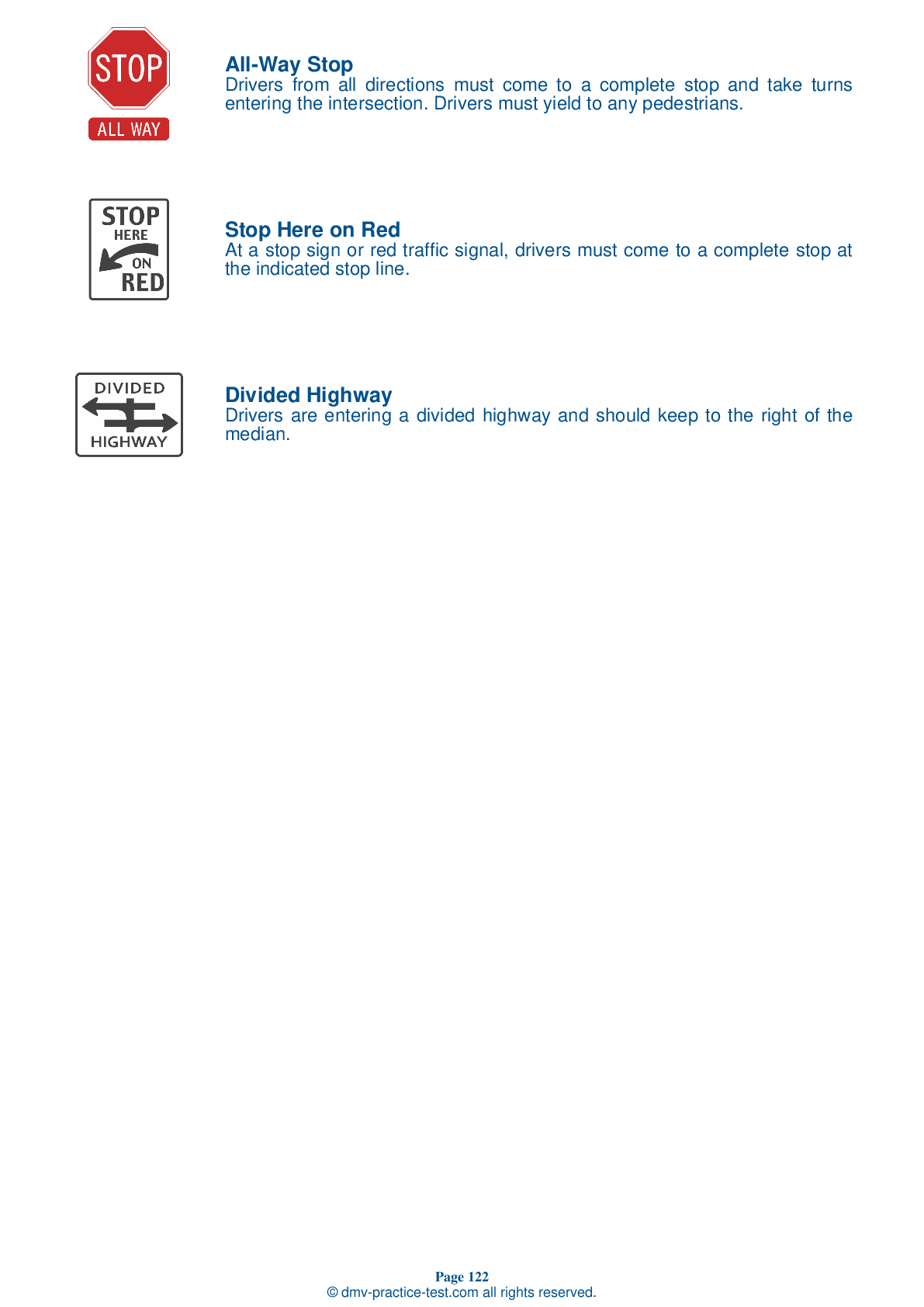HazMat #2
Hazmat Test | Alabama 2025 #2 Page 4 of 5
On our website, we provide FREE practice - CDL hazmat test online! The official exam test consists of several obligatory parts, with all of them checking your knowledge of different blocks of road rules. If you need to obtain a AL CDL hazmat endorsement in 2025, practice as much as possible. Free sample tests published on our website will help you check and improve your knowledge and boost your grades. Please bear in mind that Alabama requirements for issuing a hazmat endorsement for CDL may vary from those established in other states.
30
24
20
19 . Class 1, Class 2.1, and Class 3 materials should not be placed in a trailer with:
The use of cargo heaters is not always permitted. When transporting materials that are categorized as Class 1 (Explosives), Class 2.1 (Flammable Gases), or Class 3 (Flammable Liquids), the use of heaters in the same space is generally prohibited.
20 . A Class 7 hazardous material is:
Corrosive.
Radioactive materials are categorized as Class 7 hazardous materials.
21 . If a product requires a "Poison Inhalation Hazard" placard, the placard must be used when transporting:
The product in a leaking container.



